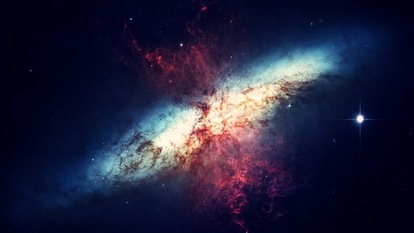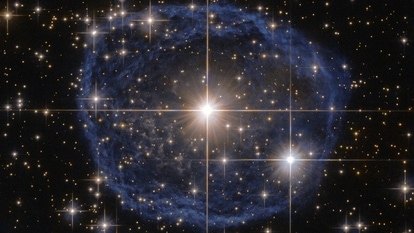Spectacular Planetary Parade today; here's how to watch it
Get ready for an extraordinary astronomical event that you won't forget. Saturn, Neptune, Jupiter, Uranus, and Mercury will all grace the sky together.


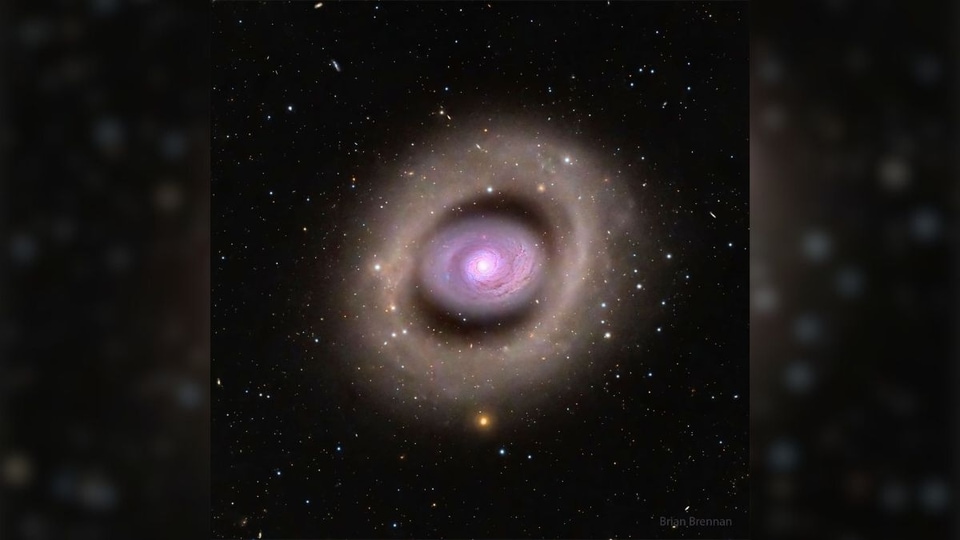
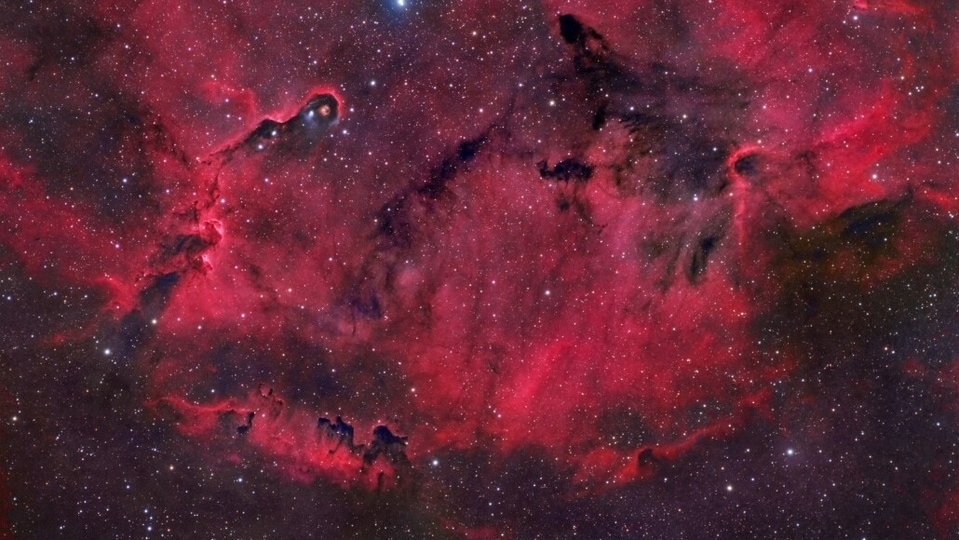

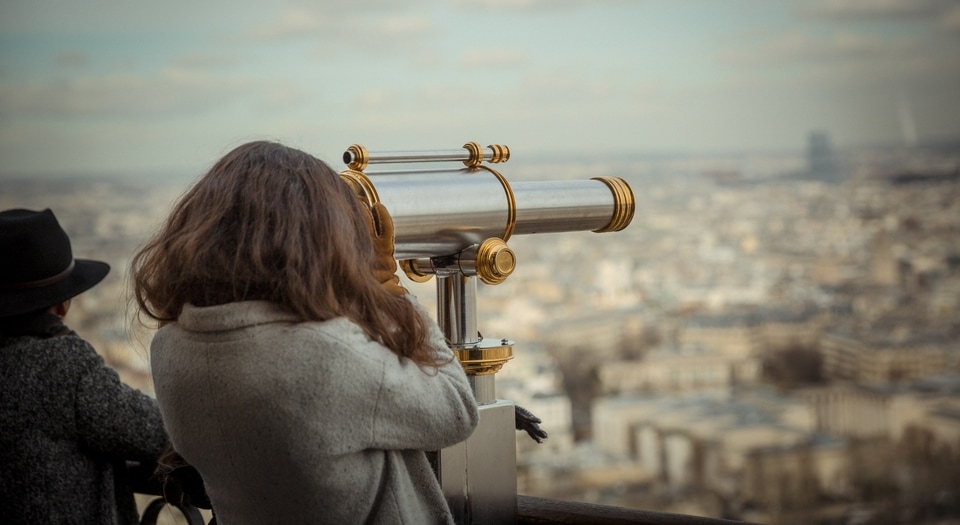
 View all Images
View all ImagesThis weekend, get ready for a special celestial event called a 'planetary parade' in the night sky. It's a rare occurrence when five planets gather at the same time. This exciting planetary alignment will happen at sunrise on Saturday, offering a stunning spectacle.
Which planets can you see?
Today, you will be able to witness the alignment of five planets: Saturn, Neptune, Jupiter, Uranus, and Mercury. While Saturn, Jupiter, and Mercury will be relatively easy to spot, Neptune and Uranus might be a bit challenging to see without binoculars.
Jupiter, in particular, will be the brightest object in the morning sky until the sun rises, making it quite noticeable. However, the other planets will appear fainter.
Why do the planets line up?
Contrary to what movies often show, the planets in our solar system never align perfectly in a straight line. If you were to look at a two-dimensional map of the planets and their orbits, they would eventually form a line, but they don't all orbit in the same plane in reality. Their movements occur in three dimensions and various orbits, so they will never be precisely aligned.
The alignment of planets depends on our perspective. From Earth, if three planets appear close together in the sky, it doesn't mean they are seen that way from the sun's perspective. It's all about a particular point of view.
When and where to watch?
For the best view, find a location with less light pollution and a clear view of the horizon. About an hour before sunrise, you can witness the entire spectacle. Mercury will be the last planet to appear, while Saturn will rise at 11:41 pm, and Jupiter will follow after 02:30 am.
In India, Mercury won't be visible until after 04:23 am. Remember that some planets might be easier to spot than others, depending on your location and the sky conditions.
You may be able to see Mercury with your naked eye, although it might appear a bit faint. Jupiter and Saturn, on the other hand, will shine brightly and be easily visible. To catch a glimpse of Neptune and Uranus, you'll need binoculars or a telescope.
This planetary parade is a remarkable and uncommon event. So, make sure to mark your calendars and don't miss the opportunity to witness this stunning alignment of five planets in the sky. It won't happen again until September 8, 2040, so enjoy this celestial show while it lasts!
Catch all the Latest Tech News, Mobile News, Laptop News, Gaming news, Wearables News , How To News, also keep up with us on Whatsapp channel,Twitter, Facebook, Google News, and Instagram. For our latest videos, subscribe to our YouTube channel.








